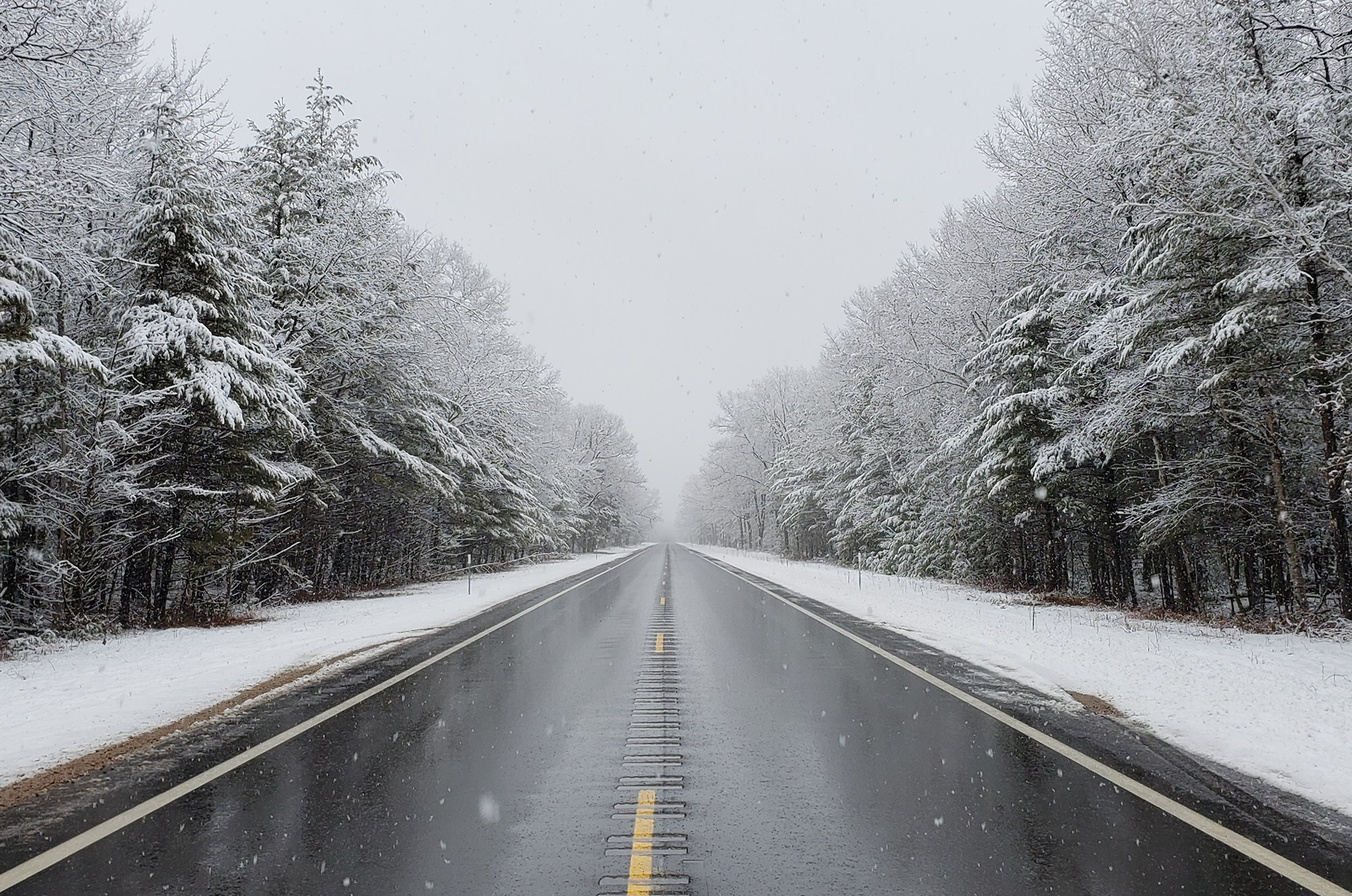Safe Winter Driving
Winter driving presents major challenges for the professional truck driver. More truck collisions happen in the winter than any other season of the year, according to the U.S. Department of Transportation. Many winter weather collisions occur because drivers have failed to obtain adequate rest prior to their trip, they have not planned ahead for the possibility of changing weather conditions, and they do not adjust their speed and space accordingly for worsening road, weather, equipment or personal conditions.
Proper rest is critical before and during every trip. Drivers need to stay constantly alert when driving in adverse weather in order to drive defensively and look ahead to anticipate emergencies and avoid the need for sudden maneuvers. Many skids and collisions are caused by last-second stops and turns on slippery pavement. Another primary cause of winter truck collisions is driving too fast for the road conditions. All drivers must slow down when driving in adverse weather. The posted speed limit is not a safe speed when snow and/or ice are on the roadway and as in all driving conditions, safety belt use is required.
Turn off the cruise control! Cruise control is designed for normal road conditions; not for icy, slick or wet roads. Cruise does not permit the driver to remain in complete control of the vehicle. On slick pavement, it can even cause the drive wheels to spin faster than the rest of the unit is traveling, leading to uncontrolled sliding.
Never tailgate. Tailgating decreases reaction time and greatly increases the potential for a collision, especially on slick pavement, due to taking longer to stop and not being able to stop in a controlled manner. Leaving plenty of space between vehicles can also give the driver a chance to avoid a collision due to another motorists’ erratic, uncontrolled driving.
Watch for ice and “black ice” on the road, especially on bridges and overpasses. Black ice, which can form when the temperature drops rapidly appears dark on the pavement and makes the road surface look as if it is wet rather than icy. It occurs most often on bridges, overpasses, in low spots on the road and in shaded areas. Black ice is particularly hazardous at night because of decreased visibility, making it more difficult to notice. A lack of spray from other vehicles and ice forming on mirrors are indications that ice has formed on the road surface.
Unnecessary chances are not worth the risk. If conditions are too dangerous, pull off the road at the first SAFE location and know that the shoulder of the roadway is NOT a safe location. After safely parking, notify the company of the delay and wait until conditions improve before continuing the trip. A truly valued customer will respect the decision to delay a load instead of risking the chance of damaging it.
Epes is a business unit of Penske Logistics. Visit epestransport.com to learn more about Epes trucking and freight services.



